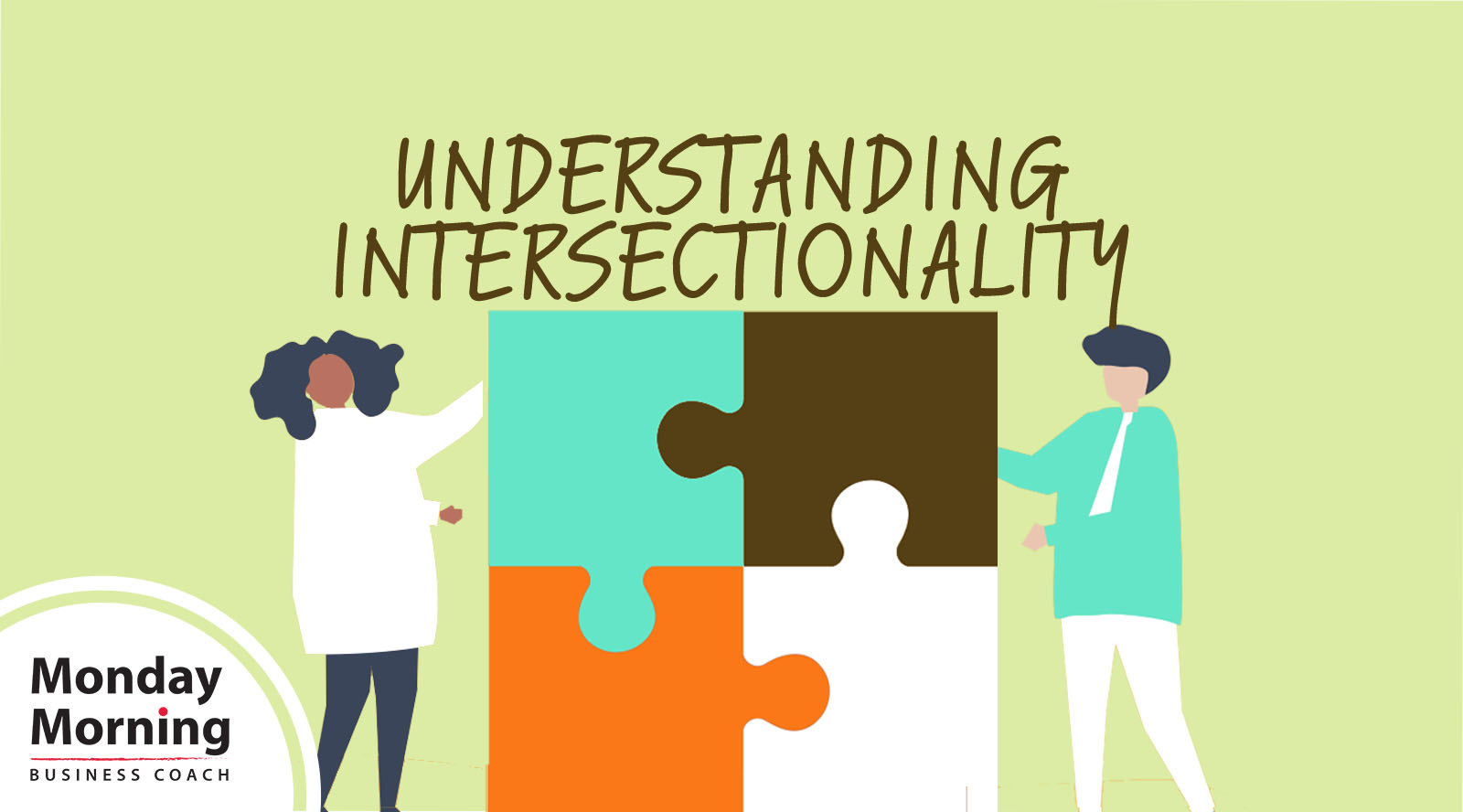Designed by rawpixel.com / Freepik
Last week, in The Complexity That is You, we encouraged you to do a simple exercise to explore the range of characteristics that are you and your life. This week, we’re talking about intersectionality – those places where two or more aspects of you come together to create an even more complex identity.
The term, intersectionality, was first used by civil rights activist and legal scholar, Kimberle’ Crenshaw, in 1989 to describe the way different identities combine. She pointed out that because of those overlaps, Black women may face even more significant discrimination: racism and sexism.
Since that time, Merriam-Webster’s definition has evolved to say:
“Intersectionality is the complex, cumulative way
in which the effects of multiple forms of discrimination
(such as racism, sexism, and classism)
combine, overlap, or intersect
especially in the experience of
marginalized individuals or groups.”
In a February 20, 2020, Time interview by Katy Steinmetz, Kimberle’ Crenshaw said, “intersectionality is simply about how certain aspects of who you are will increase your access to the good things or your exposure to the bad things in life.”
Think about your life and the list you made last week. What combinations of who you are, increase your access to the good things in life, and which combinations of who you are, increase your exposure to the bad things in life?
Now spend some time asking this same question as you reflect on colleagues, neighbors, friends, and family.
We’re all growing in our understanding of systemic racism and bias. Understanding how complex and nuanced this is in so many people’s lives will help you to understand your life and expand your understanding of the lives of others.
Stay well.
In the video below, Linda talks about the concept intersectionality and what that can look like in our lives.

